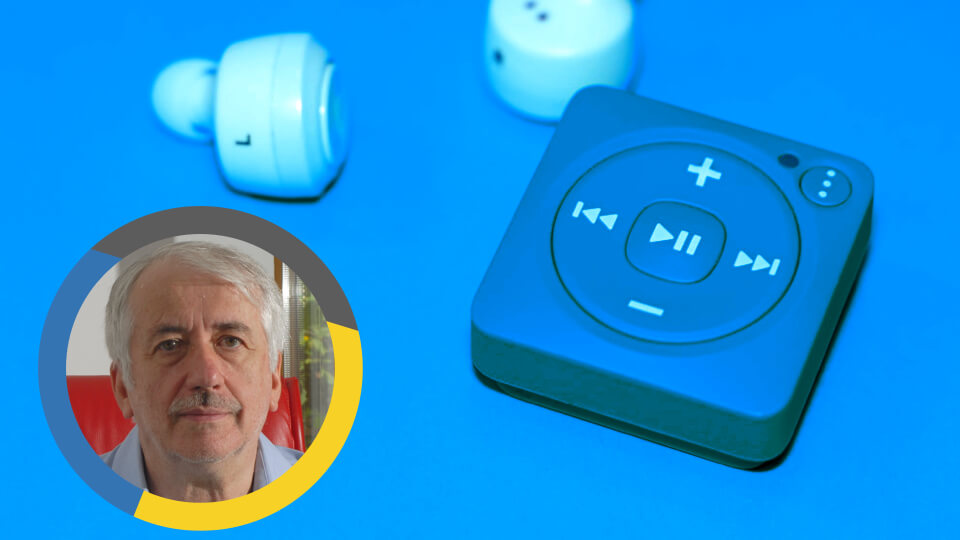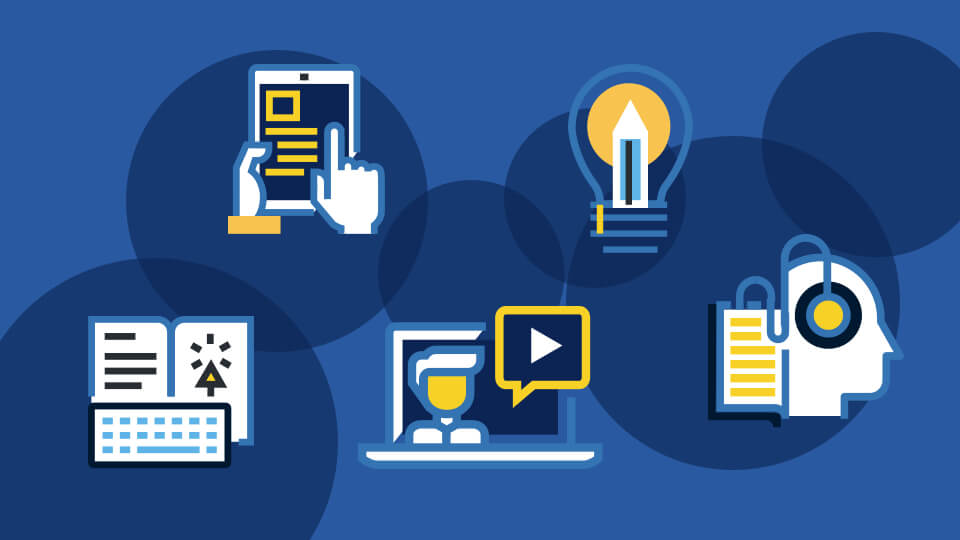MPAI: Leonardo Chiariglione will share with us the meaning of it and how the new standards are going to change the future of the digital field

Synesthesia has become principal member of MPAI (Moving Picture, Audio and Data Coding by Artificial Intelligence), the brand new international organization, dedicated to data compression standards, based on Artificial Intelligence.
Synesthesia has become principal member of MPAI (Moving Picture, Audio and Data Coding by Artificial Intelligence), the brand new international organization, dedicated to data compression standards, based on Artificial Intelligence.
Recently founded in Geneva by Leonardo Chiariglione (known as the founder, together with Hiroshi Yasuda, of the MPEG, the international team of experts that has created the well-known audio-video standards MPEG-1, MPEG-2 MPEG-4 MPEG-7 and the audio component of MPEG-1, already known as MP3), MPAI is aimed to define new standards, with the help of industry, science and academic experts, in order to introduce new products and services and improve user experience in a lot of contexts of everyday life.
About all these themes and much more we have talked with Leonardo Chiariglione in the following video interview.
Your history and experience say a lot about technological innovation. We are proud that Synesthesia has become part of the MPAI organisation. So, we wanted to take the opportunity to discuss with you, how much, in terms of the legacy we have experienced over the years, of data compression in both audio and video data, has been a success factors for many companies. Let’s discuss the situation as it is today.
“Yes, I think you got it right. The compression of audio and video has enabled a significant amount of business and has also allowed existing businesses to continue to expand. However, the current situation is twofold: from a certain point of view, increasing the compression of audio and video is always a pleasure, but traditional technologies are slowing down their course. It has become important to move towards another technology that is still relatively immature, but which has great prospects for development. MPAI is applied to audio, to video, and lends itself well to a number of other business cases that allow you to reap the same benefits that the world of audio and video have had in the past thirty years”.
Our goal is also to understand exactly what MPAI intends to develop in terms of data encoding standards. We would like to understand, on a practical level, which areas use artificial intelligence through this type of coding.
“What does it mean to apply artificial intelligence to understanding data? To answer this question, we look at what we have done in the last thirty years to compress the data. We have essentially exploited the statistical properties of the signal in the sense that in an image it is not that I see white noise (white and black dots that move without any logic). Within an image there is a logic. For example, in the image of a face there is a person’s face, in the face something is moving, many things are still, etc.
So we took advantage of the statistical properties of the image. When I said that traditional techniques are slowing their course I am saying that we have basically scraped the bottom of the barrel. Artificial intelligence exploits the correlation of data statistics, but exploits it in a more profound way due to the fact that it is able to learn the true statistics of the signal that is presented to it.
Let’s take the case that comes from the Politecnico di Torino and from another company, which concerns the compression of financial data. A company produces a huge amount of data that is not static and that changes over time. Well, by digging into this data, you can discover things that not even the head of the company has yet discovered. This can be done by hand, but with artificial intelligence, you can dig much deeper and understand more. I think this example of the financial data illustrates very well the potential of artificial intelligence techniques in compression. In the end, all of the data compresses, but the most important thing is that the different data also understand each other”.
If we wanted to go further into the specifics. Is Context-based Audio Enhancement (MPAI-CAE) one of the projects that represents a response to the needs of the sector?
“Absolutely yes, because whoever proposed this case (a use case) was already doing these things. But what’s the point? What is the great value of standardisation? The value is given by defining a field where everyone can compete instead of confining many that do not intersect, which is useless. This way of competing generates innovation both to those who produce new objects and services and to those who use these services. There is no border between collaboration and competition. In fact, within this field there is a greater possibility (even for smaller companies) to associate and bring their own skills to each other”.
Synesthesia has become a principal member of MPAI. What categories do the other actors who are part of the organisation belong to and what kind of contribution do you expect from them?
“40% of MPAI’s members are from a university or a research centre. The field is in strong development. There is a huge amount of innovation. This is an extremely positive thing because we have the guarantee that for many years there will always be new technologies being proposed, that mature and that can be used to develop ever more powerful standards. This is the aspect related to research that is guaranteed by universities and various centres. On the other hand, in this phase there are mainly small and medium-sized enterprises. This is another important message that focuses especially on what I said earlier. If we go towards an open field it is easier for small companies to associate and arrive at products, while if we remain each in their own field, small and medium-sized companies will be overwhelmed by large ones. Then we still have telephone operators, broadcasters, builders. We naturally have many companies that have specialized in some branch of information technology. Synesthesia is an excellent potentially disruptive and positive example to solve a large problem. A problem for which AI technologies are essential and fundamental to improve the solution”.
It seems clear to me that this is a rather diverse field. But what is the expectation? What is the expected contribution from each member?
“If I take these use cases that are maturing, we have the case of audio that allows, for example, someone who travels by bicycle in the city and listens to music to eliminate the noises that ruin the user experience, but also to retain the sounds which are essential, such as the car horn in case of danger. Let us then take another case such as the compression of genomic data. Here too, artificial intelligence makes it possible to provide solutions. Let’s take the case of video compression again. Here, too, artificial intelligence will allow in a relatively short time to arrive at a much more powerful and easier to use solution thanks to the possibility of more easily obtaining licenses for use by patent holders”.
It seems to me that networking is fundamental in this game and, above all, the connection with the research centres operating in this sector is very strategic.
“Yes exactly. For years within MPEG, the companies that attended the meetings would then meet at dinner in the evening and discuss things that they claimed to be developing using the standards. The difference that Covid has made is that we no longer see each other for dinner. There is a virtual dinner. However, there is the possibility of interacting with people who work in similar or complementary fields. MPAI facilitates interaction and collaboration between companies”.
Therefore, it is essential to make the various skills available, on a systemic level, by all the actors participating within this organisation.
“Sure. When we define use cases, these use cases must be driven, must be, must be driven by business needs. Therefore, when these needs are identified, the functional requirements of the standard can also be defined. They must be functional to the needs of those who will use this standard. On the one hand we have the technology suppliers, represented by 40% of universities and research centres, and on the other hand we have the technology users, i.e. those who say that they need a technology for their business that performs a certain task. The standard does not say how the technology should be made, but it does establish how the casing of this technology should be made. The content will then be created, for example, during a negotiation between a company and the holder of the know-how to create something specific that allows freedom in choosing the partner who brings the technology. This is the great facilitation that the standard allows us to achieve”.
In conclusion of this useful comparison, given that MPEG has had an incredible impact on a technological level, what are your predictions about the extent that MPAI could have?
“MPAI has broader goals than MPEG, meaning we are not confined to audio or video. Earlier, for example, I talked about financial data, solutions to improve performance for usergaming. We have a much wider field of action and we have AI as our main thrust. The main driver is the AI. I believe, as I said before, that traditional technologies are somewhat losing the momentum they had for 30 years ago not because we have reached the end point of the development space of these technologies, but also because we have reached a situation that is of great concern to users of these standards, namely the practical impossibility of licensing all the patents required to implement a standard. This was one of the fundamental aspects for applying AI for MPAI to all types of data: we want future users to have clear terms of use for patents when developing a standard. This is the defining aspect of future success for MPAI standards. The scope is more ambitious and it is not a technical scope. I have spent several months confronting all my friendships that I have built over the years to get this legal judgment, a framework license. When we start making a standard we define a framework license, where the “framework” does not represent everything, but what the law allows us to insert. This framework license provides security from a certain point of view to those who put technology in the standard and will have royalties and on the other hand it provides security to those who will use the standard who know what the cash flow will be that will have to be allocated to pay those who have invested in technology and created patents, i.e. the “benefactor of humanity”. We want to solve this problem and the framework license is the tool to achieve this goal, the safety and uses of future earnings, this is the real challenge of MPAI”.
We wish all the MPAI team a great success in all they are planning and realizing. We would like to thank Leonardo Chiariglione for sharing with us the initiative and for his willingness.
We develop AI solutions for your business. Send us all your requests by our contact form.
We will answer you as soon as possible.
Contact us
We will envision your project together
We will create it with love and passion.
Our team is at your disposal.









